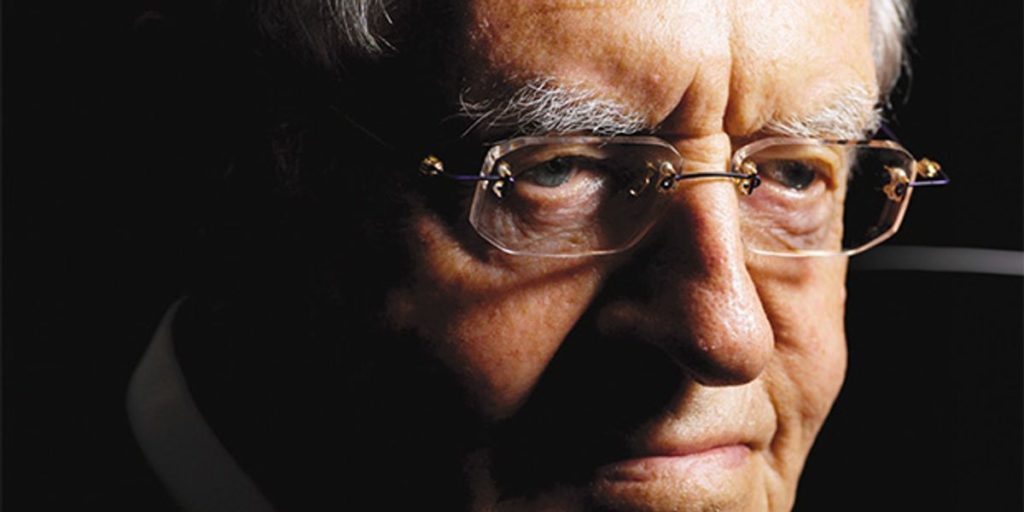Mataré’s future colleague Welker wasn’t spared the indignities of war, either. Allied bombs destroyed his laboratory near Munich in October 1944. Early the following year, this theoretical physicist, who during the 1930s had worked on the quantum mechanics of electrons in metals, began speculating about how to use silicon and germanium to fabricate a solid-state amplifier.
These two elements were widely regarded as metals during the 1930s, but their apparent metallic behavior was due largely to the high level of impurities in the available samples. When foreign atoms of elements in the fifth column of the periodic table—arsenic and phosphorus, for example—become lodged in the tetrahedral crystal structure of silicon or germanium, four of their five outermost electrons form strong bonds with nearby atoms, but the fifth is easily knocked away and can thus transfer current through the crystal. The much-higher-purity silicon and germanium that researchers used to build radar systems during World War II had far fewer of such current carriers and behaved more like semiconductors than like metals.
In early 1945, Welker, who was mastering the art of purifying germanium, recognized that the two semiconductors could be used to make what we now call a field-effect transistor. In fact, the device he had in mind was strikingly similar to one that Shockley was to suggest at Bell Labs a few months later.
In this scheme, an electric field from a metal plate should penetrate into a thin surface layer of a semiconductor strip beneath it, ripping electrons loose from their parent atoms to serve as current carriers. A voltage applied across the semiconductor strip would induce a current through it. Crucially, a varying voltage on the metal plate would modulate the current through the strip. Thus, small input signals would result in large output currents flowing through the strip. Or so Welker figured.
But tests he performed in March 1945 revealed no such amplification. In his logbook he recorded “only small effects,” orders of magnitude less than what was predicted by Schottky’s theory. Shockley, Brattain, and their Bell Labs colleagues attempted similar tests that very same spring, with similarly disappointing results.
The failures soon led Bardeen to postulate a novel idea of “surface states”—that free electrons were somehow huddling on the semiconductor surface, shielding out the field. This conjecture, and Brattain’s follow-up experiments to determine the physical nature of the surface states, led to their invention of the point-contact transistor in December 1947—a month after they discovered how to overcome the shielding.
After his failures, Welker returned to research on germanium and resumed the theoretical studies of superconductivity he had reluctantly abandoned during the war. In 1946, British and French intelligence agents interrogated him about his involvement in German radar. They subsequently offered him an opportunity to work in Paris in an R&D operation set up under the auspices of a Westinghouse subsidiary, Compagnie des Freins et Signaux Westinghouse. The immediate goal was to manufacture germanium rectifiers for telecommunications and military electronics.
While teaching in Aachen at his alma mater in 1946, Mataré was also interviewed by agents. Fluent in French, he received a similar offer. He eagerly agreed to join the Paris effort, because doing research in devastated, occupied Germany was almost impossible.
Then in their mid-thirties, the two German physicists met in Paris and began organizing their operation. They found a vacant two-story stone house in the middle-class suburb of Aulnay-sous-Bois, just northwest of the city. In its basement, Welker set up his equipment to purify and crystallize germanium. Mataré’s testing and measurements laboratory went on the ground floor, where later that year a production line began fabricating what soon amounted to thousands of rectifiers per month.
On the top floor the men kept offices and rooms where they often stayed overnight—especially during that frantic first year. Mataré wistfully remembers awakening now and then to the soft trills of Welker playing his violin in the adjoining room.
With the rectifiers finally in production by late 1947, Welker resumed his research on superconductivity, while Mataré began to address the curious interference effects he had seen in germanium duodiodes during the war. When he put the two point contacts less than 100 mm apart, he again occasionally could get one of them to influence the other. With a positive voltage on one point, in fact, he could modulate and even amplify the electrical signal at the other! Mataré reckons he first recognized this effect in early 1948 (perhaps a month or two after Bardeen and Brattain’s breakthrough at Bell Labs). But it still happened only sporadically.
On a hunch, he asked Welker to fashion larger germanium samples, from which they could cut slivers of higher purity. Using this higher-grade material, Mataré finally got consistent amplification in June 1948, six months after Bardeen and Brattain. Encouraged by this success, they phoned PTT Secretary Eugène Thomas and invited him over for a demonstration. But Thomas was apparently too busy—or perhaps not interested enough—to come by.
About that time, Welker put aside his theoretical work and tried to analyze what was going on just beneath the shiny germanium surface of Mataré’s odd contraption. In an undated, handwritten document, now in the archives of Munich’s Deutsches Museum, Welker speculated that one point—which he called the “électrode de commande,” or “control electrode”—was inducing strong electric fields in the germanium just beneath the other electrode, altering the material’s conductivity there.
But Mataré was not buying that explanation, which followed the logic of Welker’s unsuccessful 1945 attempt at a semiconductor amplifier. If the phenomenon were caused by an electric field, Mataré remembers thinking, he should have witnessed a decrease in the current at the second electrode, not the increase he observed on his oscilloscope. According to this field-effect idea, a positive potential on the control electrode would induce negative charges in the germanium under the other electrode, which should reinforce the current-blocking effects of the barrier layer there.


